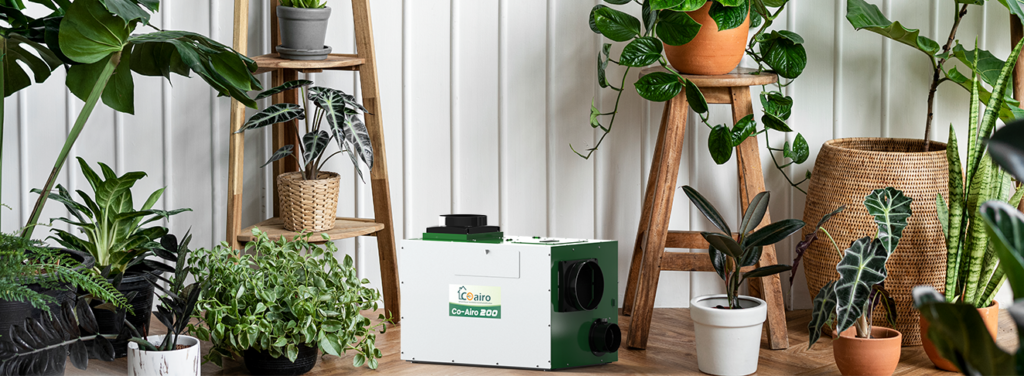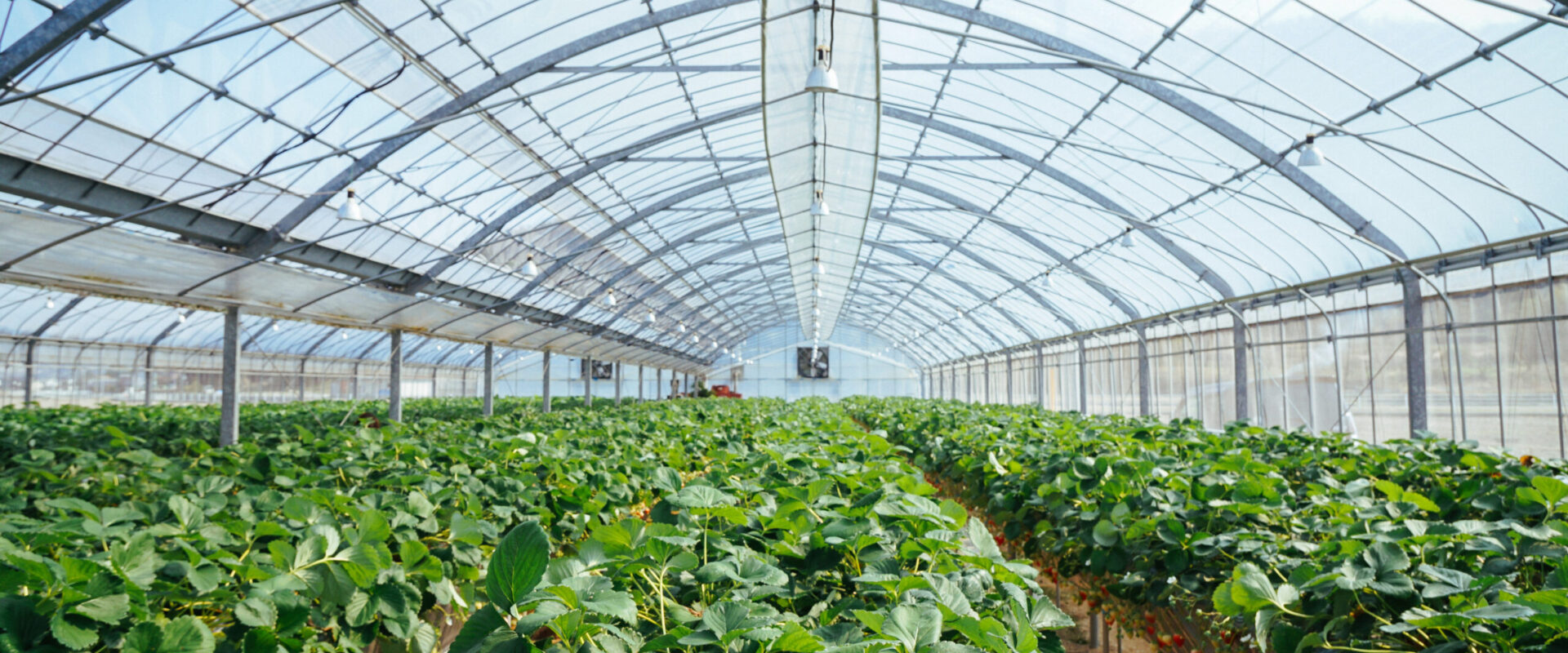
Can a Greenhouse Work in the Winter?
Greenhouse can work in the winter but only with the right setup. Cold air, frost and short daylight hours make it harder for plants to grow and stay healthy. Without good insulation and heat, the inside temperature drops quickly that puts plants at risk.
With a few smart adjustments, your greenhouse can stay warm enough for winter crops. In this guide, you’ll learn how a greenhouse keeps its heat, which materials work best and what plants grow well during the cold season.
How Warm Should a Greenhouse Be in Winter?
Keeping your greenhouse at the right temperature leads to healthy winter growth. Even when it’s freezing outside, a well-managed greenhouse can protect plants and keep them thriving.
For most vegetables and garden crops, aim for a daytime temperature between 65°F and 75°F (18°C to 24°C). At night, it’s safe for temperatures to drop slightly to 50°F–60°F (10°C to 15°C). This balance helps plants stay active without getting stressed by cold air.
Will a Greenhouse Stay Warm in Winter?
A greenhouse does not stay warm on its own during winter. It traps sunlight and heat during the day, but that warmth fades quickly once the sun sets. Materials like glass or polycarbonate allow sunlight to enter but do not hold heat for long.
When the outside air cools at night, the temperature inside also drops and often becomes almost as cold as outdoors if there is no extra heating.
Another reason is the limited sunlight in winter. Shorter days mean less time for the greenhouse to absorb solar energy. On cloudy or snowy days, even less light reaches the structure.
Without enough sunlight, the greenhouse cannot store sufficient warmth to keep plants comfortable through the night.

How Does a Greenhouse Stay Warm in the Winter?
People use different methods to keep a greenhouse warm in winters when the temperature drops. Some methods are cheap and simple and some use more advanced systems. You can choose according to your budget, climate and also the plants you want to grow.
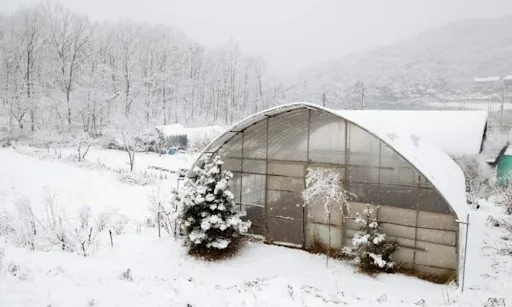
Insulate with the Right Materials
Good insulation is the first step. You can use bubble wrap, thermal panels or double glazing to trap heat. After that clear snow from the roof so sunlight can enter and warm the space. Even black ground cloth can absorb extra sunlight during the day.
Bubble wrap is cheap and works well for small greenhouses. For better results, you must use polycarbonate panels or thermal screens, they trap more heat and last longer. You can also cover gaps, doors and windows to stop cold air.
Add Passive Heat Storage
Simple tricks can raise temperatures without high costs. Black barrels filled with water store heat by day and release it at night. Compost bins are another option. The breakdown of organic matter releases heat. This heat keeps the greenhouse warm in a cold environment.
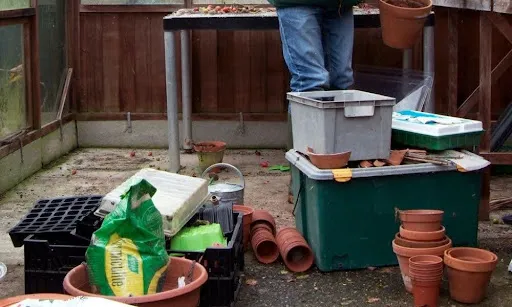
Install a Reliable Heating System
You need more than passive methods in cold regions. Electric heaters with thermostats give precise control but it also raises the energy costs.
Small greenhouses do fine with electric heaters. Larger ones may need propane or gas. In sunny regions, solar powered heating systems can cut costs. Always match the heating method to your climate and greenhouse size.
Control Humidity for Healthy Plants
Too much moisture can be a reason for mold. Greenhouse ventilation in winter keeps air moving. Many growers also use dehumidifiers to balance moisture.
This is where Cairo’s #1 best selling dehumidifier stands out. This brand is trusted by 10,000+ families and it provides you strong humidity control and energy savings. Their dehumidifier provides lasting protection against greenhouse moisture damage.
What Can I Grow in a Greenhouse in Winter?
A winter greenhouse can produce more yield if you plant cold resistant plants. Cold tolerant vegetables, herbs and flowers can grow well in a greenhouse.
In winter, you should grow cold tolerant plants like leafy greens and root vegetables in a greenhouse. Cabbage and Brussels sprouts take more time to grow. But they’re worth the wait with fresh harvests late in winter.
Popular herbs including parsley, thyme, chive, coriander and mint can grow well in a winter greenhouse. The pansies and violas flowers add beautiful colors to your greenhouse.
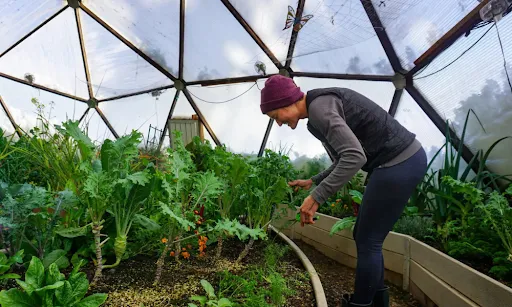
Best Vegetables Herbs & Flowers for Winter Greenhouse
Vegetable | Grow Time | Best Winter Condition |
Spinach | 30–40 days | Tolerates frost, unheated greenhouse |
Kale | 50–70 days | Cold hardy, harvest leaves gradually |
Lettuce (Rocket, Little Gem) | 25–35 days | Quick harvest, ideal for cut-and-come-again |
Carrots | 60–80 days | Needs insulated soil, steady cool temps |
Pak Choi | 30–40 days | Grow in cool air, great for stir-fries |
Brussels Sprouts | 90+ days | Long season, ready late winter |
When to Plant Winter Vegetables?
You must have a proper time planning for a steady harvest. You should grow leafy greens in late autumn so that they can establish before frost.
You can get benefit by planting root vegetables earlier in late summer or early fall. The long-growing crops can be planted in mid to late summer.
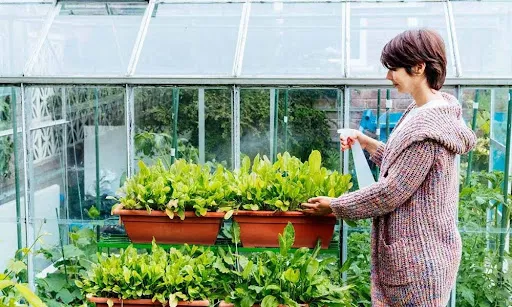
Types of Greenhouses That Work Best in Winter
Not every greenhouse performs the same in cold weather. The design, structure and materials decide how well it can hold heat. Some types are budget friendly but limited while others give strong insulation for harsh winters.
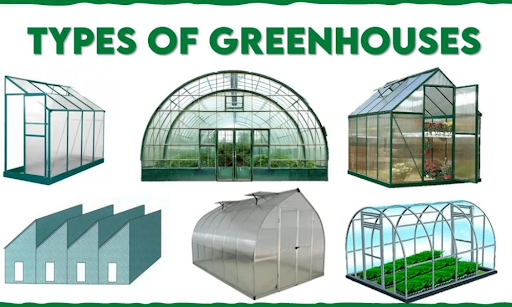
Cold Frame Greenhouses
Cold frames are the most affordable option. They are small and simple structures which are used to protect hardy crops but do not offer much insulation. They do good work in mild winters or when paired with extra covers.
Polytunnels or Hoop Houses
These greenhouses use curved frames covered in polyethylene sheets. Double walled versions trap more air for insulation and can include vents for airflow. They are a cost effective choice for moderate climates.
Glass Greenhouses
Glass allows more sunlight which is vital in winter. Single walled models lose heat quickly but double walled glass provides strong insulation. The greenhouses can withstand very low outdoor temperatures with proper sealing.
Keep Your Winter Greenhouse Fresh with Cairo Dehumidifiers
Winter warmth often traps moisture inside greenhouses, creating damp air that leads to mold, mildew and weak roots. Coairo Greenhouse Dehumidifiers balance this moisture while keeping warmth steady.
They remove excess humidity without cooling the space, protecting plants from fungal diseases and condensation damage. Designed for efficiency, these dehumidifiers work quietly through cold months.
Consistent humidity control is just as important as heating. Visit Coairo.com to explore reliable dehumidifiers built for year-round greenhouse care.
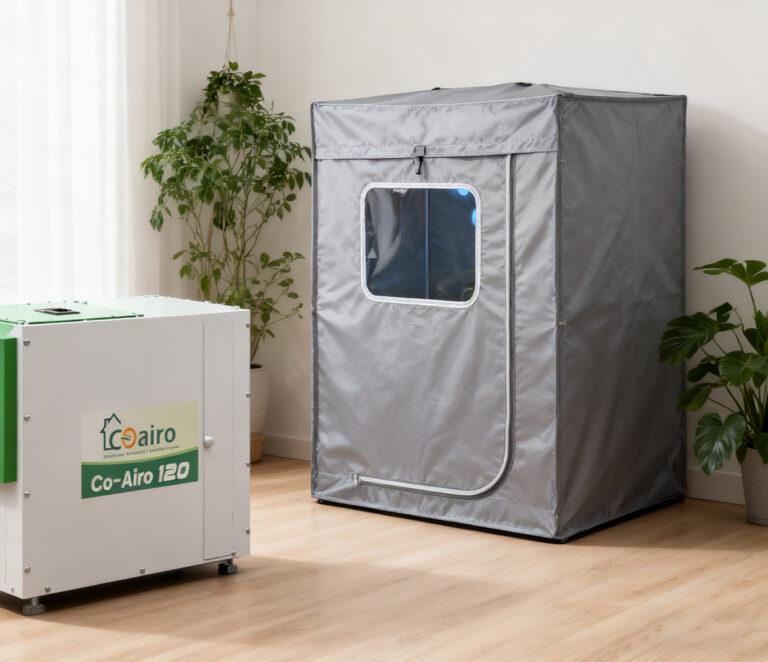
Conclusion
Greenhouses can work in the winter. Yes you can grow plants in winters with right structure, insulation and light management. Cold hardy crops and proper care keep production steady through the season.
With planning, a greenhouse becomes a year round garden. By using a good dehumidifier, you can maintain balanced conditions to enjoy fresh harvests even in the coldest months.


